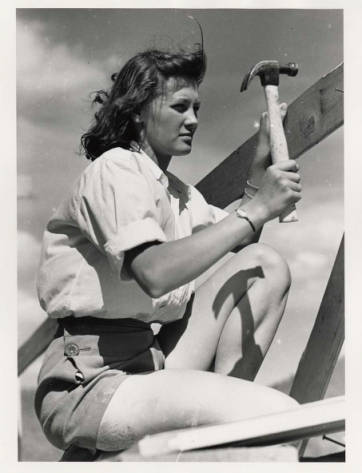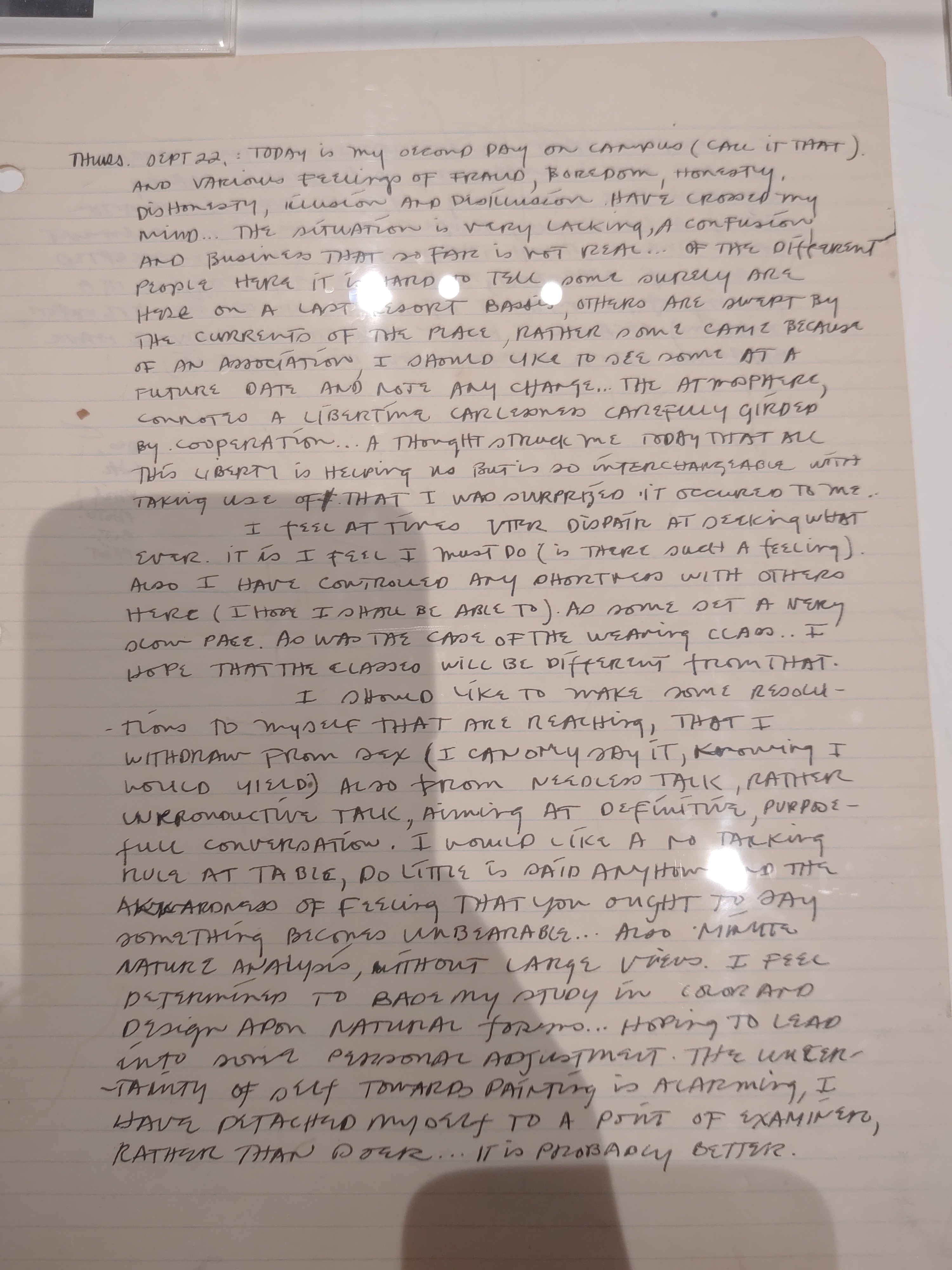"Sometimes good comes through adversity. I would not be who I am today had it not been for the interment, and I like who I am."
~ Ruth Asawa
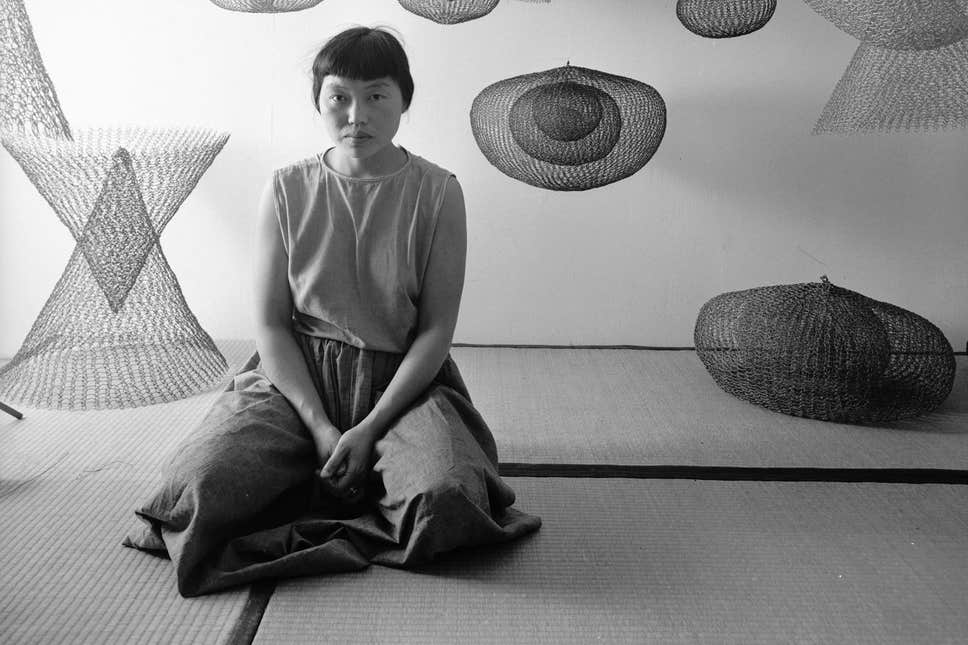
"Ruth Asawa and her wire sculptures" Courtesy Evening Standard by Gerorgia Chambers
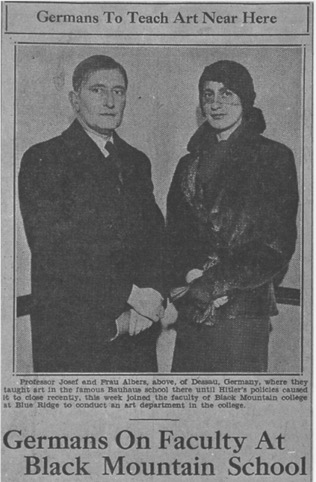
"Photo of a newspaper article about the Albers teaching at Black Mountain College" Courtesy Black Mountain College Museum and Arts Center
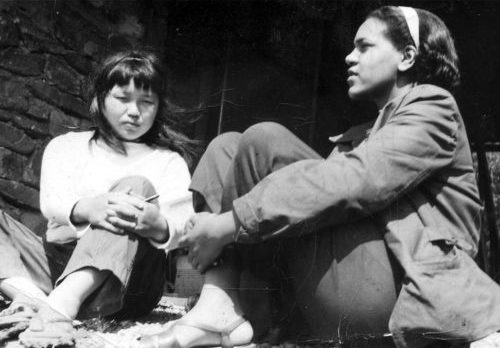
"Ruth Asawa and Alma Stone Williams, Black Mountain College, Summer of 1946" Courtesy Black Mountain College Museum and Arts Center
Another feature of Black Mountain College that helped it break barriers was the democratic style of governance the college used. Most colleges, both then and now, are governed by an outside board of trustees. Barriers between the stakeholders-- students, faculty, and administration-- were broken by the use of BMC’s method, which allowed both students and faculty a voice.
